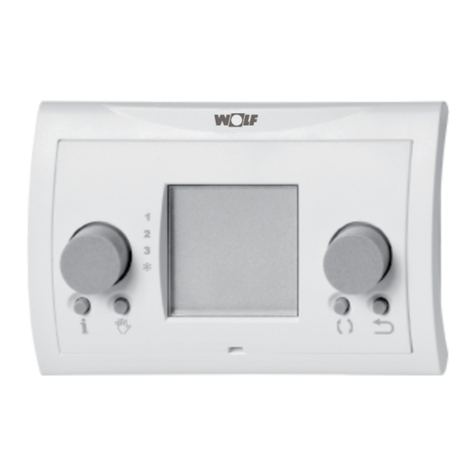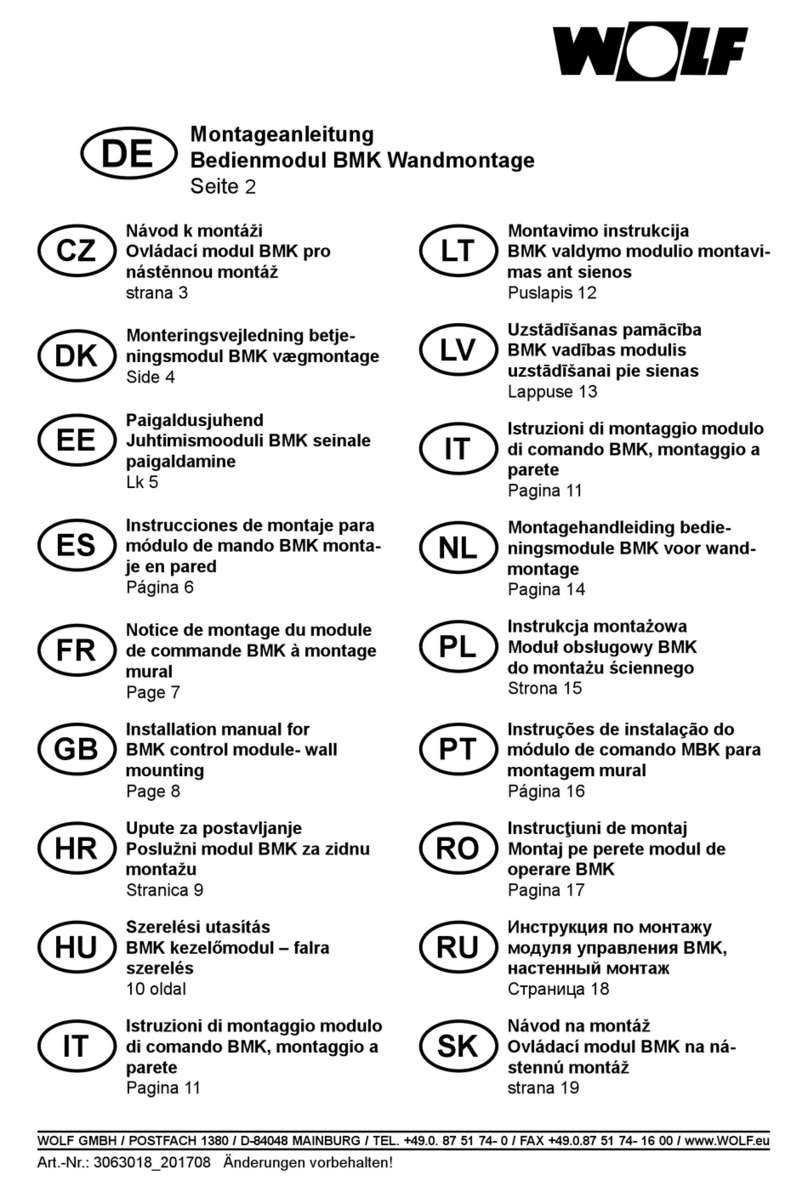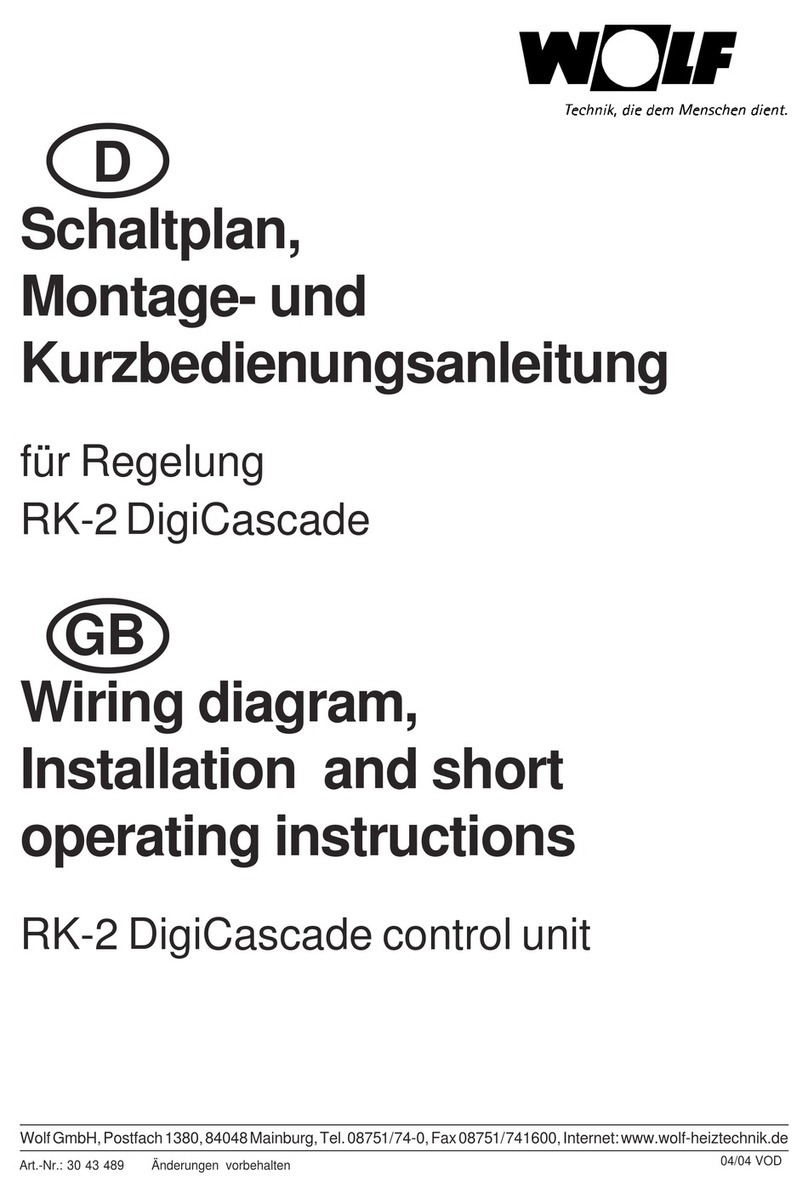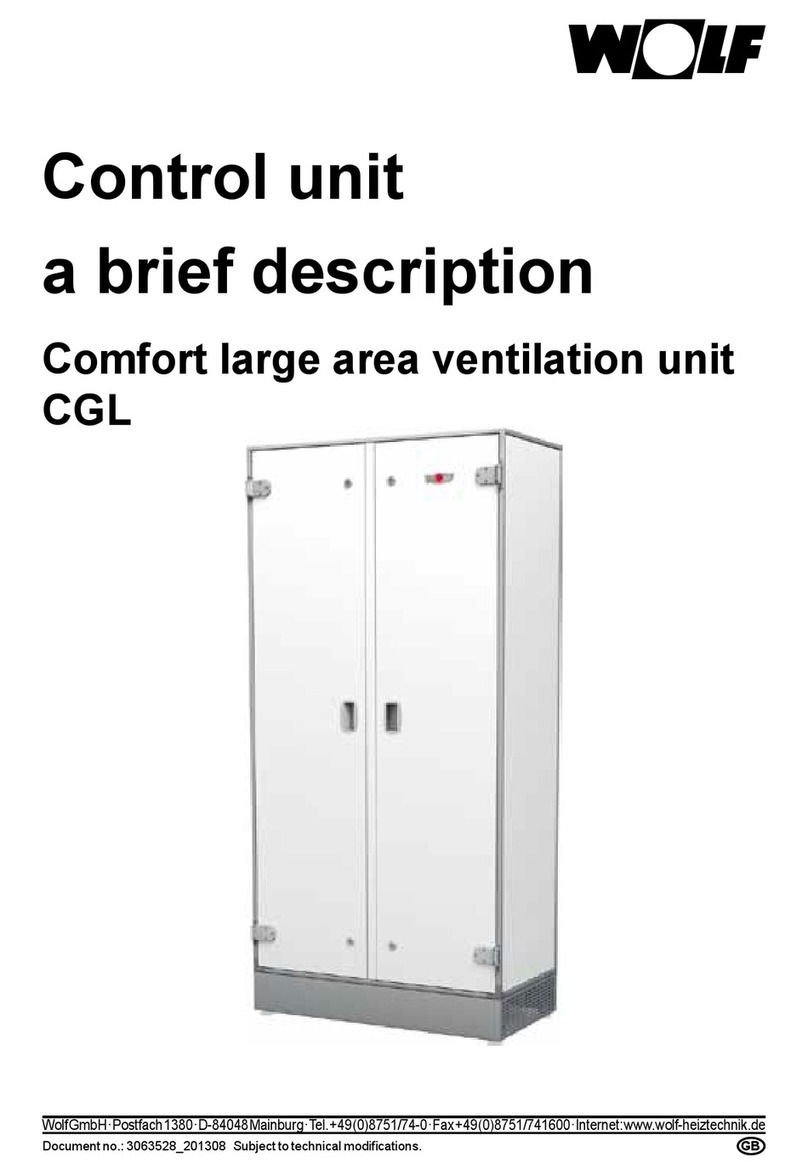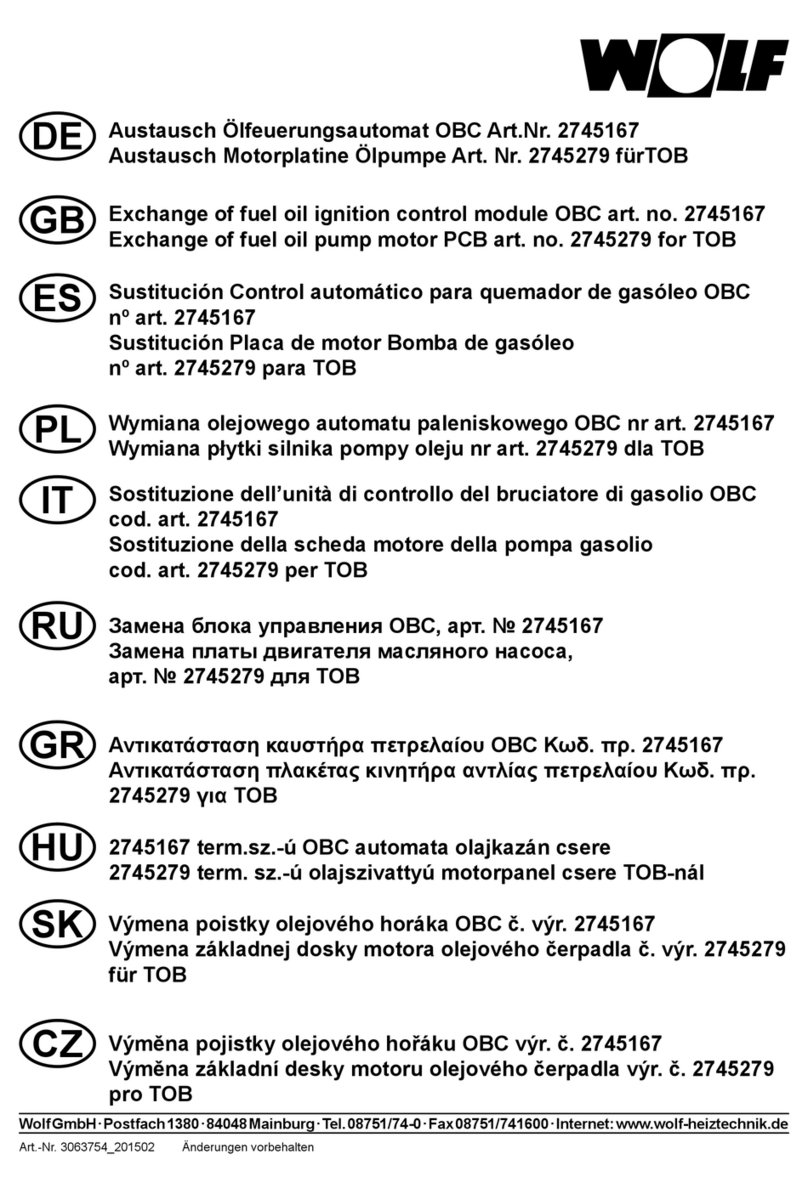
Index
Safety instructions ......................................................................3
Standards / Regulations .............................................................4
Terminology ................................................................................5
Abbreviations / Equipment description .......................................6
Installation .................................................................................7
DIP switch settings .....................................................................8
Operating modes........................................................................9
System overview ......................................................................10
System description ..............................................................11-13
Electrical connection........................................................... 14-27
Parameter list ...........................................................................28
Parameter description
SOL01 / P01 Start differential solar cylinder 1.........................29
SOL02 / P02 Stop differential solar cylinder 1 .......................29
SOL03 / P03 Collector protection function .............................29
SOL04 / P04 Critical collector temperature............................29
SOL05 / P05 Maximum collector temperature .......................30
SOL06 / P06 Maximum cylinder temperature 1 .....................30
SOL07 / P07 Assigning solar cylinders 1 / 2...........................30
SOL08 / P08 Capturing the heat amount...............................31
SOL09 / P09 Flow rate...........................................................32
SOL10 / P10 Medium selection ...............................................32
SOL11 / P11 BUS feed .............................................................32
SOL12 / P12 System conguration..........................................33
SOL13 / P13 Pump speed control............................................34
SOL14 / P14 Start differential solar cylinder 2 .........................34
SOL14 / P14 Stop differential solar cylinder 2 .........................34
SOL16 / P16
Maximum cylinder temperature, solar cylinder 2
...35
SOL17 / P17 Assigning solar cylinder 2...................................35
SOL18 / P18
Burner blocking in case of return temperature raising
..35
SOL14 / P14 Start differential, return temperature raising.......35
SOL20 / P20 Stop differential, return temperature raising .....35
SOL21 / P21 Priority cylinder...................................................35
SOL22 / P22 Start differential, parallel cylinder operation......36
SOL23 / P23 Differential temperature, bypass operation .......36
SOL24 / P24 Function, output A4...........................................36
SOL25 / P25 Start temperature, thermostat function .............37
SOL26 / P26 Stop differential, thermostat function ................37
SOL27 / P27 Tube collector function ......................................37
SOL28 / P28 Frost protection function ...................................37
SOL50 / P50 Relay test..........................................................38













